✪✪✪✪✪ http://www.theaudiopedia.com ✪✪✪✪✪ What is PROGRESSIVE MUSCLE RELAXATION? What does PROGRESSIVE MUSCLE RELAXATION mean? PROGRESSIVE MUSCLE RELAXATION meaning – PROGRESSIVE MUSCLE RELAXATION definition – PROGRESSIVE MUSCLE RELAXATION explanation. Source: Wikipedia.org article, adapted under https://creativecommons.org/licenses/by-sa/3.0/ license. Progressive muscle relaxation (PMR) is a technique for learning to monitor and control the state of muscular tension. It was developed by American physician Edmund Jacobson in the early 1920s. Jacobson wrote several books on the subject. The technique involves learning to monitor tension in each specific muscle group in the body by deliberately inducing tension in each group. This tension is then released, with attention paid to the contrast between tension and relaxation. A modification of the technique is “biofeedback” in which one uses external measuring devices to indicate how successful one is in relaxing and then to use those techniques to relax without the help of external measuring devices. These learning sessions are not exercises or self-hypnosis. Training sessions are conducted in a darkened room with the learner in a reclined position and eyes closed. The instructions begin by telling the person to relax and just let go, detaching from thoughts or physical distractions or trying to solve problems. In each session the teacher reviews tensing one particular muscle group. If the student is slow in learning how to let the tension go for a particular muscle group, that group is focused on in the next session. The learner is told to continue to practice the relaxation technique in their daily lives. It is not our natural response to relax when there is an external or internal stimulant. However, as in many other physical conditions that we have no control over, the body’s best response would be no response at all. Jacobson’s progressive relaxation has remained popular with modern physical therapists. Progressive muscle relaxation is also touted as a method of treating insomnia. It addresses some causes of insomnia: physical tension, restlessness, and racing thoughts. The technique directly acts on the physical level, but the need to focus on the steps can also displace racing thoughts. WebMD says, “Most practitioners recommend tensing and relaxing the muscle groups one at a time in a specific order, generally beginning with the lower extremities and ending with the face, abdomen, and chest.” “While inhaling, contract one muscle group (for example your upper thighs) for 5 seconds to 10 seconds, then exhale and suddenly release the tension in that muscle group. Give yourself 10 seconds to 20 seconds to relax, and then move on to the next muscle group (for example your buttocks).” The Mayo Clinic website suggests, “… start by tensing and relaxing the muscles in your toes and progressively working your way up to your neck and head. You can also start with your head and neck and work down to your toes. Tense your muscles for at least five seconds and then relax for 30 seconds, and repeat.”
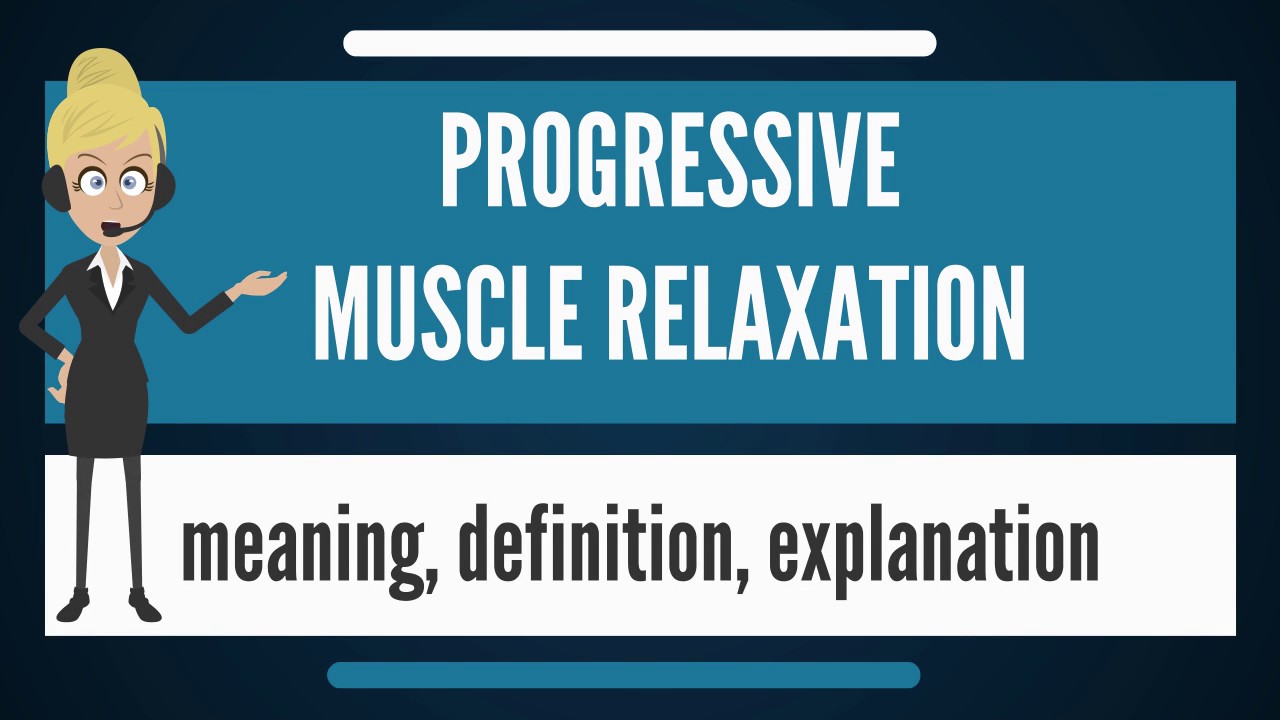
What is PROGRESSIVE MUSCLE RELAXATION? What does PROGRESSIVE MUSCLE RELAXATION mean?
- Post author:
- Post published:June 16, 2021
- Post category:Uncategorized
- Post comments:0 Comments
You Might Also Like
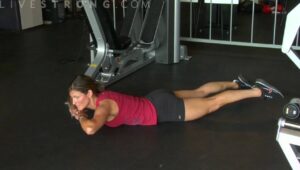
How to Do Back Extension Exercises
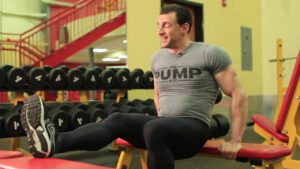
Triceps Dips-10

Detection of Albumin in Urine – MeitY OLabs
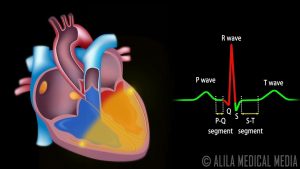
Cardiac Conduction System and Understanding ECG, Animation.
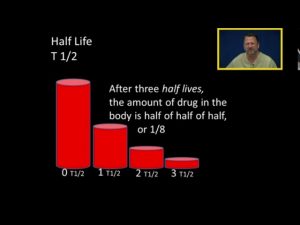
Half Life T1/2

Erectile Dysfunction Explained
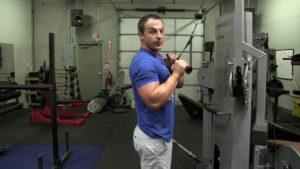
One Hand Triceps Extension-11
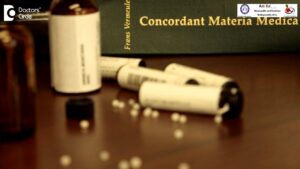
HGH, Growth Hormones & Plant Hormones Video – 35

Aten 50 Tablet Uses side effects
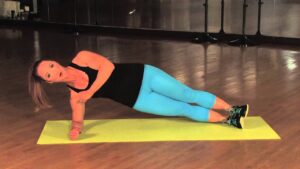
Strengthening Exercises for the Quadratus Lumborum : Dynamic Exercises

Swollen Liver Warning Signs
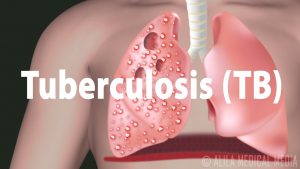
Tuberculosis (TB): Progression of the Disease, Latent and Active Infections.

Human Body Facts : Endocrine System | Human Body Parts and Functions | Human Anatomy 3d
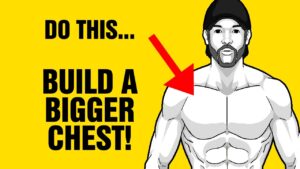
Build an Amazing Chest With These 3 Push-Ups at Home

What Is Glutamine | Benefits, side effects, And Dosage Of Glutamine | Pre Workout Drink – Hindi

Testosterone & Androgenic Effects Video – 50

What’s the Purpose of Lipids in Food? : Fit Food

Diabetic Nutrition Video – 2

Xenical Husband TVC30s
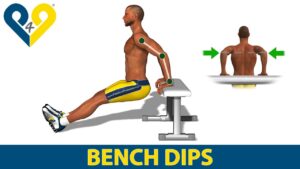
How to do triceps dips on bench
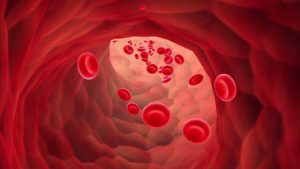
Anaemia

Best Back Workout Video Ever (HIT EVERY MUSCLE!!)

Is Creatine Safe? | Creatine for Muscle and Brain Performance- Thomas DeLauer

BCAA Supplements – Are They Necessary? (Branched Chain Amino Acids)
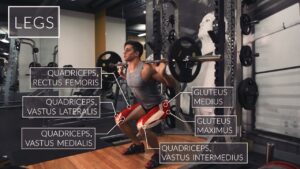
Exercise Anatomy Video – 4
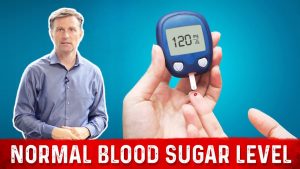
What Is a Normal Blood Sugar Level? | Dr.Berg
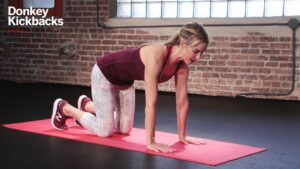
Donkey Kicks-4
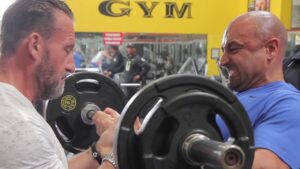
High Intensity Training Video – 5
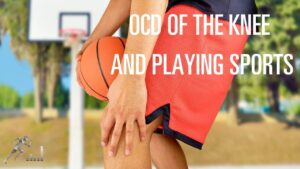
Sports Surgeries Video – 4
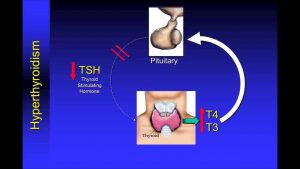
Understanding Thyroid Function Tests

TOP 10 Foods Rich in Vitamin B12
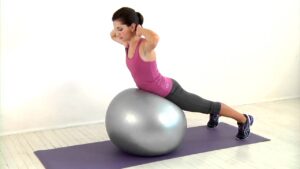
Erector Spinae Back Extension-21

Vomiting and Diarrhea
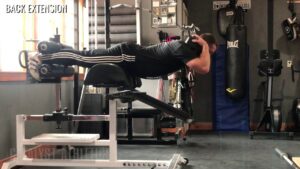
Back Extension – Olympic Weightlifting Exercise Library – Catalyst Athletics

GLUTAMINE IS A BOGUS BODYBUILDING SUPPLEMENT @hodgetwins

“What Happens After You Stop Taking Creatine?”

How To: Deadlift

Atenolol (Ténormine)
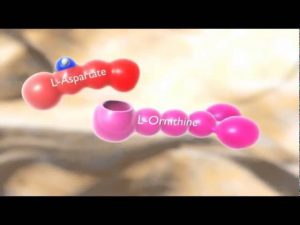
Hepa Merz L Ornithine; L Aspartate

Is Vitamin B Complex Good For Diabetes?

Elbow Plank to Side Plank Lift Exercise

